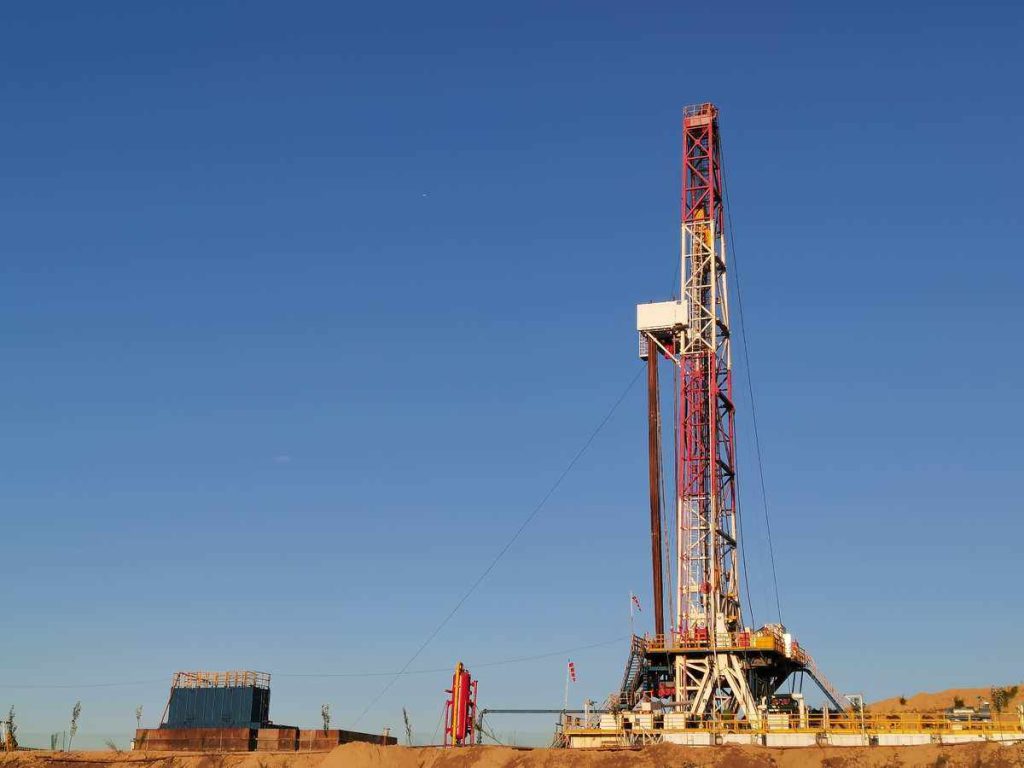Drilling fluid is often referred to as the “lifeblood” of drilling operations. In China’s shale gas exploration, liquids, which are widely used in deep well drilling, marked the significant improvement of domestic petroleum diamond exploration solutions. But does Potassium Formate drilling fluid have specific pH requirements?
Understanding the pH Value in Potassium Formate Drilling Fluids
The pH of a drilling fluid represents the acidity or alkalinity of the fluid, indicating the concentration of hydrogen ions. When the pH is below 7, the drilling fluid is considered acidic; a pH of 7 is neutral, and a pH above 7 indicates an alkaline drilling fluid. pH measurement is typically carried out on-site.
Impact of pH on Formic acid plus drilling fluid
The pH value plays a crucial role in determining the properties of Potassium Formate drilling fluid. Clay particles in the drilling fluid exhibit stability in alkaline environments due to their large negative charge and high cation capacity. Additionally, many organic treatment agents, such as tannin and rotic acid, are most effective under alkaline conditions. Moreover, maintaining a pH above 8 in Potassium Formate drilling fluid is essential, as low pH levels can lead to the fermentation of organic treatment agents at elevated temperatures.
However, it’s important to note that the adsorption of hydrogen ions on the clay surface due to pH can promote the expansion of flour hydration, which may not be favorable for anti-collapse measures. Each type of drilling solution has a specific pH range suitable for its best performance. For instance, high alkaline drilling solutions typically have a pH between 12-14, while low-fixed-phase drilling solutions prefer a pH range of 8-9. Weakly acidic drilling solutions and saturated saline diamonds generally aim for a pH range of 6-17. Maintaining the pH within the appropriate range ensures that Formic acid plus drilling fluid exhibits lower stickiness, minimal water loss, and relatively stable performance. The pH value is the basis of determining the alkaline ratio.
Tests conducted in Saudi Arabia involving KCI/BASO4/CACO3 drilling solution and Potassium Formate/CACO3 drilling solution (with a density of approximately 1.52 kg/L) entering the UNAYZAH-B reservoir have shown promising results.
FAQ: Formic acid plus drilling fluid and pH Considerations
How does pH affect the performance of Formic acid plus drilling fluid?
- The pH level influences the charge of clay particles and the efficacy of treatment agents, which is critical for fluid stability and wellbore integrity.
What is the ideal pH range for Potassium Formate drilling fluid?
- It’s recommended to keep the pH above 8 to prevent the fermentation of organic agents and the adverse expansion of clay due to hydrogen ion adsorption.
Is it necessary to measure the pH level during drilling operations with Potassium Formate drilling fluid?
- Yes, on-site pH measurement ensures the fluid is within the optimal range for preventing corrosion and maintaining system stability.
How does pH control support the use of organic treatment agents in the drilling fluid?
- Many organic agents, such as tannins, are most active in alkaline conditions, so controlling pH enhances their ability to prevent uncontrollable drilling fluid properties.
What issues can arise if the pH level is too low in Potassium Formate drilling fluid?
- If the pH is too low, it can lead to fermentation of treatment agents at higher temperatures and hinder anti-collapse measures.
How does pH relate to the compatibility of Potassium Formate drilling fluid with different geological conditions?
- A pH-balanced fluid ensures better compatibility with various rocks and minerals, reducing the risk of environmental damage.
Can the pH level of Potassium Formate drilling fluid affect the corrosion resistance of drilling equipment?
- Yes, overly acidic or alkaline conditions can increase corrosion risks, making proper pH management crucial for equipment longevity.
How do pH levels affect the viscosity and carry capacity of Formic acid plus drilling fluid?
- The appropriate pH can help maintain the desired viscosity and prevent issues with the fluid’s capacity to carry cuttings effectively.
Are there any environmental considerations related to the pH of Formic acid plus drilling fluid?
- Environmental impact can be influenced by the pH, as chemicals present in the fluid may be more environmentally reactive under certain pH conditions.
Is there a recommended method or tool for measuring the pH of Potassium Formate drilling fluid during operations?
- Use of pH test strips, meters, or probes are standard practices, allowing for quick and accurate pH measurement to maintain optimal fluid performance in drilling.

